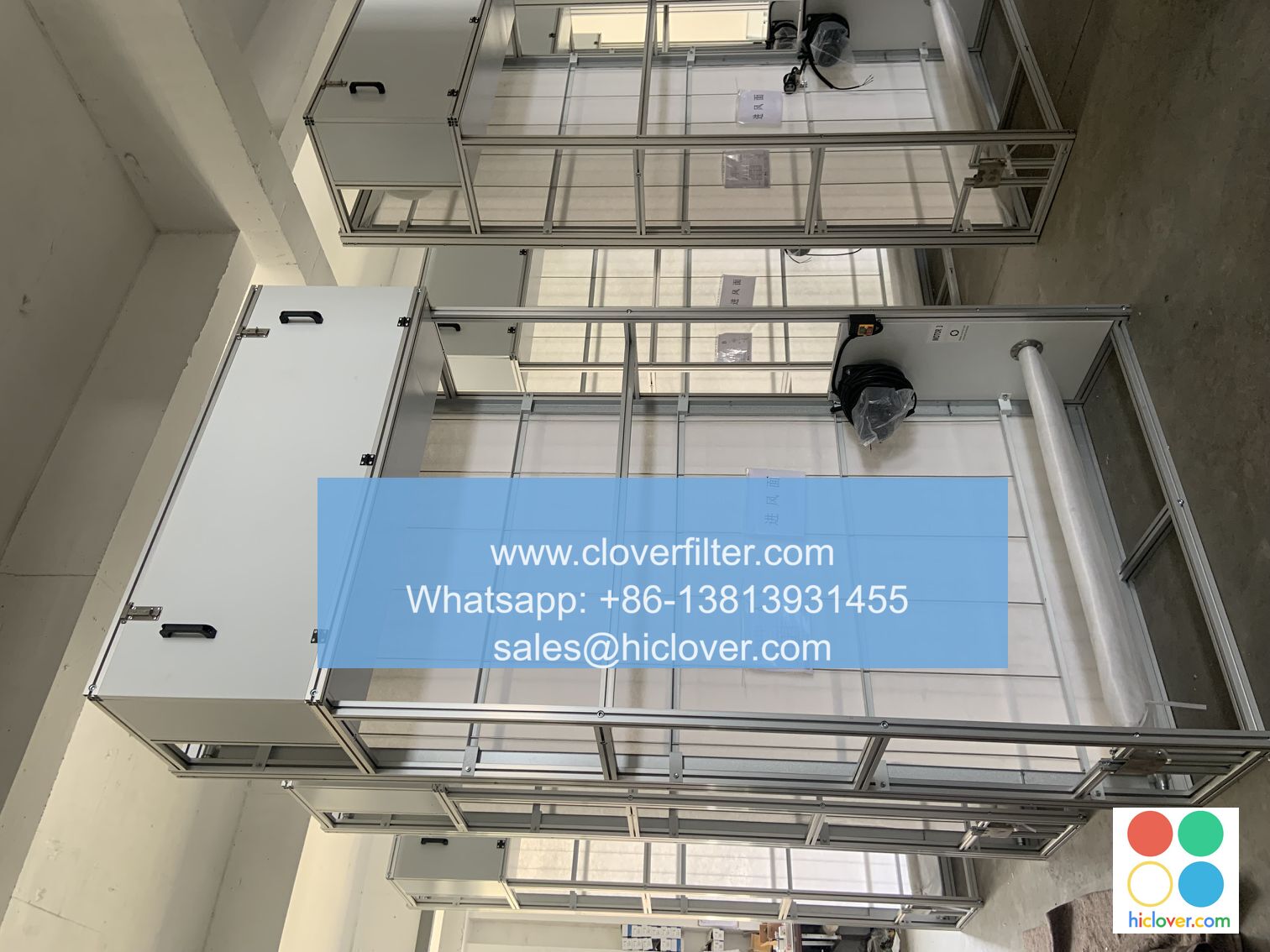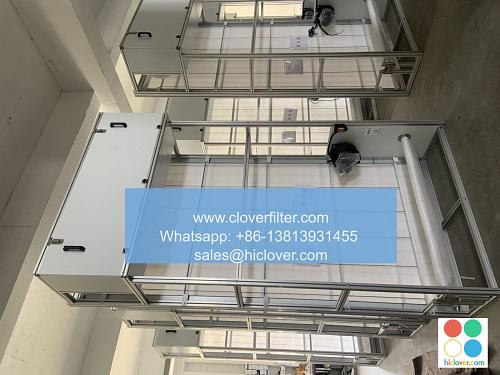Air Filter Software for Laboratories and Cleanrooms

The importance of maintaining high-quality indoor air in laboratories and cleanrooms cannot be overstated. The presence of airborne contaminants can compromise experimental results, damage sensitive equipment, and even pose health risks to personnel. To mitigate these risks, air filter software has emerged as a vital tool for managing and optimizing air filtration systems in these controlled environments. In this article, we will delve into the world of air filter software, exploring its applications, benefits, and key features, with a focus on laboratory air filtration, cleanroom air quality, and HEPA filter management.
Application Areas: Laboratories and Cleanrooms
Air filter software is designed to cater to the unique needs of laboratories and cleanrooms, where airborne contamination control and particle filtration are paramount. By leveraging advanced algorithms and sensor data, this software enables users to monitor and control air filtration systems in real-time, ensuring optimal air quality and minimized contamination risks. Key application areas include:
* Pharmaceutical laboratories: where cleanroom air filtration and sterile environment maintenance are crucial for ensuring product quality and safety.
* Biosafety laboratories: where airborne pathogen control and biological containment are essential for preventing the spread of infectious agents.
* Microelectronics cleanrooms: where ultra-clean air and particle-free environments are necessary for manufacturing sensitive electronic components.
Key Features and Benefits
Air filter software offers a range of features and benefits that enhance laboratory and cleanroom operations, including:
* Real-time monitoring: allowing users to track air quality parameters, such as particle counts, temperature, and humidity, in real-time.
* Automated filter maintenance: enabling users to schedule and track filter replacements, ensuring optimal filter performance and minimized downtime.
* Alert and notification systems: providing instant alerts and notifications in case of air quality deviations or system malfunctions, enabling prompt corrective actions.
* Data analytics and reporting: offering insights into air quality trends, filter performance, and system efficiency, facilitating data-driven decision-making and process optimization.
Integration with Other Systems
Air filter software can be integrated with other laboratory and cleanroom systems, such as building management systems (BMS), heating, ventilation, and air conditioning (HVAC) systems, and environmental monitoring systems (EMS). This integration enables a holistic approach to indoor air quality management, allowing users to:
* Optimize energy consumption: by balancing air filtration with HVAC operations, minimizing energy waste, and reducing operational costs.
* Enhance occupant comfort: by maintaining optimal air quality, temperature, and humidity levels, promoting productivity and well-being.
Conclusion
Air filter software has become an indispensable tool for laboratories and cleanrooms, enabling users to maintain high-quality indoor air, minimize contamination risks, and optimize air filtration systems. By leveraging advanced features, such as real-time monitoring, automated filter maintenance, and data analytics, users can ensure optimal air quality, reduced energy consumption, and enhanced occupant comfort. As the demand for cleanroom air quality management and laboratory air filtration continues to grow, air filter software is poised to play an increasingly vital role in maintaining the integrity and safety of these controlled environments. You haven’t asked a question or provided any context for me to respond to. Please provide more information or ask a question, and I’ll do my best to assist you. What’s on your mind?

